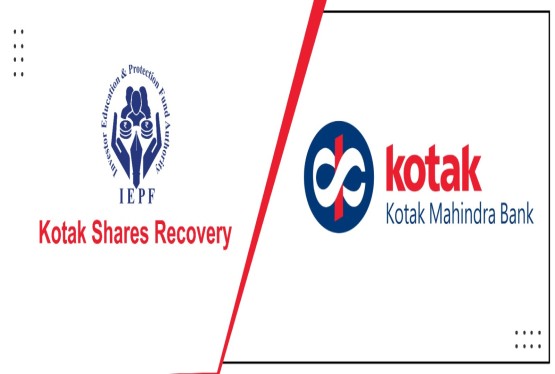Compounding an offence is a method of settling a case in which the offender is offered the option of paying money instead of facing prosecution, thus avoiding a lawsuit.
Compounding of crimes under the Companies Act, 2013 (the Act) is the procedure by which a defaulting party resolves a case involving a breach of the Act's provisions in exchange for payment of an amount determined by the competent authorities in order to prevent prosecution for the violation.
Compounding of offences committed by corporations or their officers is dealt with under Section 441 of the Act. Depending on the highest penalties that may be imposed, the National Company Law Tribunal (NCLT) or the Regional Director (RD) has the power to compound offences under the Act.
The following are the types of offences that may be compounded under the Act:
-
Violations punishable by a fine
-
Crimes punishable by imprisonment or a monetary punishment.
-
Infractions punishable by imprisonment, fines, or both.
The following are examples of non-compoundable offences:
-
Offences that are only punished by imprisonment.
-
Offences that are punished by jail as well as a monetary punishment.
Furthermore, an infraction that is compoundable cannot be compounded under the following circumstances:
-
If the Act has been used to start or continue an inquiry against the business.
-
If an offence was committed by a firm or one of its officers within three years of a comparable crime committed by the company or one of its officers being compounded.
The following are examples of how the Act's crimes may be compounded:
1) NCLT; or
2) Regional Director (RD) or any official authorised by the Central Government, where the maximum amount of fine that may be imposed for such violation is not more than twenty-five lakh rupees.
Under the Act, who are the compounding authorities?
Compounding authority under the Act is either the Regional Director or the National Company Law Tribunal. When the highest fine that may be imposed for an infraction is not more than INR 25,00,000, the crime is compounded by the Regional Director. The National Company Law Tribunal will compound any offences for which the highest penalties that may be imposed is more than INR 25,00,000.
Procedural Aspects of Compounding
Section 441 sets forth the steps a defaulting party must take in order to apply to the appropriate authorities for the purpose of compounding an offence. If the defaulting party is a corporation or an officer in default, the defaulting party must first file an application for compounding with the Registrar of Companies in Form GNL-1 (ROC). Following receipt of the application, the ROC is obliged to send it to the compounding authorities, either NCLT or RD, depending on the amount of the maximum fine involved, along with his comments in the form of a report. Once an infraction has been compounded, the business must notify ROC in Form INC-28 within 7 days of the day the crime was compounded and the order was received.
Furthermore, where an offence is compounded by the relevant authority and a prosecution is pending against the defaulting party in the same matter, the jurisdictional Registrar of Companies ('ROC') is responsible for bringing the fact of compounding to the attention of the court in which the prosecution is pending. The defaulting party will be discharged from the criminal proceedings after the appropriate court receives the ROC's notice of compounding. The provision further says that when an offence has been compounded prior to the initiation of any action, no prosecution may be brought by the ROC, any shareholder of a business, or any person authorised by the Central Government in regard to the crime thus compounded. Only a business and/or its officials in default who are responsible for prosecution under the relevant provisions for non-compliances are entitled to submit a compounding application, according to section 441 of the Act. Furthermore, since a business cannot submit a compounding application on its own, any director of the company who has been allowed to do so by the board of directors is qualified to do so on the company's behalf. Before going any further, it's essential to establish who falls within the umbrella of officers in default. The phrase "officer in default" is defined in Section 2 (60) of the Act.
A Whole-Time Director (WTD) and Key Managerial Personnel (KMP) are always the officers by default, according to section 2(60). Furthermore, in the absence of a KMP, officers in default shall be those directors who have been designated by the board as such and have given their permission to serve as such. All directors will be officers in default if no such director has agreed. In addition, the list includes the shadow director as an officer by default. While section 149(12) clearly states that an independent director or non-executive director can be held liable only for acts of omission or commission by a company that occurred with the director's knowledge or attributable through board processes, or with the director's consent or connivance, or where he or she failed to act diligently, it is unclear what will happen when there are only a few independent directors. While any filing failure may have occurred without their knowledge, they will still be regarded as an office in default under Section 2(60) since there is no executive director.
Furthermore, the MCA recently issued a circular dated March 2, 2020, in which guidelines were issued to the Registrar of Companies, Regional Directors, and Official Liquidators in determining the persons as officers-in-default for the purpose of issuing show cause notices to the company's officers in default.
Jurisdiction of Compoundable Offences:
Under the Companies Act of 2013, Section 441(1) (B)
-
Regional Director's Authority: When the highest fine that may be levied for such offences is less than Rupees Five Lac (Rs. 500,000).
-
NCLT's Influence: Where the maximum penalties that may be levied for such offences is not less than Rupees Five Lac (Rs. 500,000).
Section 621(A) of the Companies Act of 1956
-
Regional Director's Authority: If the highest fine that may be imposed for such offences is not more than Rupees Fifty Thousand (Rs. 50,000).
-
CLB's Influence: Where the maximum penalties that may be levied for such offences is not less than Rs. 50,000 (Rs. 50,000).
Compliance Checklist
-
Call a meeting of the Company's Board of Directors.
-
Determine the amount of penalties that will be imposed on both the company and the officer who is in violation of the law, as specified in the relevant provision.
-
Call a meeting of the board of directors:
-
To pass a resolution requesting that an application for compounding of offence be filed with the authorities;
-
To permit a Company director or officer to sign and submit the application;
-
To select a professional to represent you in front of the authorities.
-
-
Compounding Application Preparation
-
Attaching an application to an e-Form GNL-1. An application will be submitted by RoC to the NCLT or Regional Director, depending on the amount of fine involved
-
Appearance in front of the NCLT or the RD.
-
The NCLT or RD issues an order.
-
Notification of NCLT or RD order to RoC within 7 days.
-
Compounding fees must be paid.
List of Offences Compounded Under Companies Act, 2013
-
Section 8- Failure to comply with the rules related to the establishment of charity corporations, etc.
-
Section 26- Prospectus published in violation of Section 26
-
Section 40- Failure to comply with this section's requirements in regard to securities to be traded on stock exchanges
-
Section 46- Issuance of a duplicate share certificate in contravention of Section 46.
-
Section 68- Violation of any securities buy-back clauses
-
Section 74- Non-repayment of deposit
-
Section 88- Failure to keep a membership list
-
Section 99- Breach of any provision of the AGM
-
Section 128- Books of Accounts
-
Section 129- Financial Statements
-
Section 147- Violation of any of Sections 139 to 146 in relation to Audit
-
Section 166- Violation of Section 166 in relation to Directors' responsibilities
-
Section 167- Director's Leave of Absence
-
Section 178- Violation of Sections 177 and 178 (Audit Committee and Nomination and Remuneration Committee, respectively).
-
Section 184- Director's Conflict of Interest
-
Section 185- Violation of Loans to the Director
-
Section 187- Company investment in its own name
-
Section 188- Related Party Transactions
-
Section 204- Secretarial Audit
FAQs
Q1. Which offences are eligible for compounding?
Ans. Regardless of the provisions of the Code Of Criminal Procedure Code, 1973. Only offences punishable under this statute (i.e. the corporations act) may be compounded with a fine. Offenses punished by a fine or imprisonment or both, compoundable with the approval of the court Compoundable offences are those that are penalised exclusively by imprisonment.
Q2. Who should the compounding application be sent to?
Ans. If the fine is up to (or equal to) Rs.5 lakh, an application must be submitted with
a) the Regional Director Or (b) Officer to whom CG has given his permission.
If the fine is higher than Rs. 5 lakh, an application to the Tribunal is required.
Every application must be submitted to the REGISTRAR, who will convey it to:
Tribunal, Regional Director, or CG-authorized Officer
Q3 . What happens after the compounding process?
Ans. After the offence has been compounded, the ROC must be notified within 7 days using form GNL-2.
SPECIAL POINTS: If an infraction has been compounded, no individual (i.e. registrar/shareholder/any person permitted by CG) may prosecute the same crime. If an offence is compounded after the institution of a prosecution, the registrar shall bring the compounding to the attention of the court where the prosecution is pending in writing, and upon receipt of such notice, the company or its officer in relation to whom the offence is compounded shall be discharged. If the same crime is committed within three years by the corporation or the defaulting official, there will be no compounding. (prohibition applies to the 2nd offence within 3 years) The crime may be compounded if it is committed by the same firm or official in default after 3 years. If a default is made in filling any account/return/document, the Tribunal/regional director/any officer authorised by the CG, as the case may be, may direct to file or register within such time as may be specified in the order, on payment of fee or/and additional fee, and if such account/return/document is not filed within such specified time, any officer or other employee of the company shall be punished with imprisonment for up to 6 months or with or with fine upto 1 lakh rupees or both.
Q4. What is the penalty of non- compliance of order?
Ans. Any officer or other employee of the corporation who fails to comply with any order issued by the NCLT, the RD, or any official authorised by the Central Government is subject to imprisonment for up to six months, or a fine of up to INR One Lakh, or both.
Q5. Which form, together with the relevant attachments and costs, should be submitted with the ROC?
Ans. The following attachments must be submitted with ROC with Form GNL-1:
-
A board resolution authorising the submission of an application was approved.
-
Detailed application
-
Copy of ROC notification, here "detailed application" refers to and comprises the following items:
-
The company's general profile and history.
-
The facts of the case, such as the type of the offence and the length of the default.
-
When and how the Default gets fixed.
-
Compounding prayer to the proper authorities.
-
How can Compliance Calendar help?
In case you need any help, reach out to us at info@ccoffice.in | 9988424211











































































_crop10_thumb.jpg)


































































_crop10_thumb.jpg)
_crop10_thumb.jpg)



_crop10_thumb.jpg)


_crop10_thumb.jpg)





_crop10_thumb.jpg)

_crop10_thumb.jpg)














-suratgujarat-section-158_crop10_thumb.jpg)
-suratgujarat_crop10_thumb.jpg)
-(33)_crop10_thumb.jpg)



-ahmedabad_crop10_thumb.jpg)
-learn_crop10_thumb.jpg)

-learnn_crop10_thumb.jpg)



























































_crop10_thumb.jpg)






















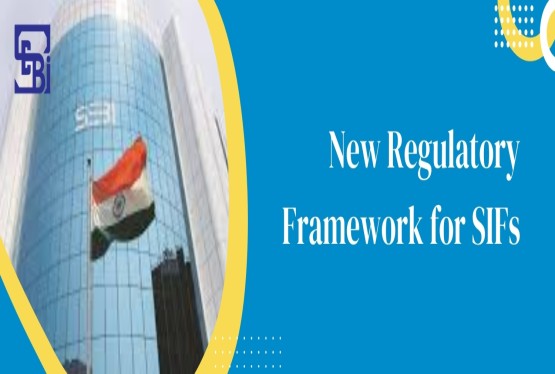
_Guidelines_learn_crop10_thumb.jpg)























_learn_crop10_thumb.jpg)
_crop10_thumb.jpeg)










_crop10_thumb.jpg)




_Second_Amendment_Rules,_2025_learn_crop10_thumb.jpg)







_learn_crop10_thumb.jpg)
































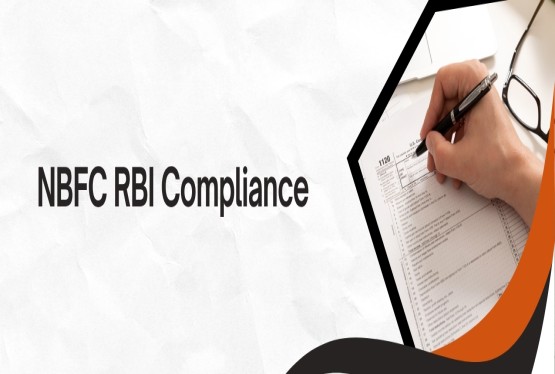






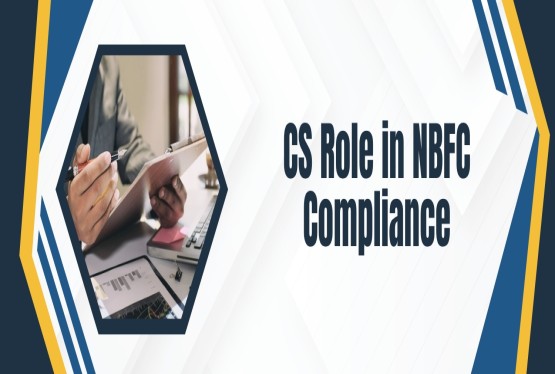




_learn_crop10_thumb.jpeg)





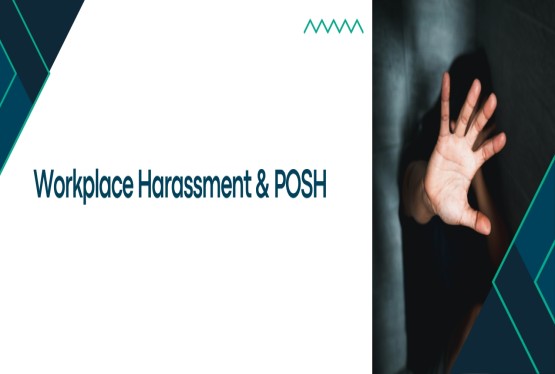


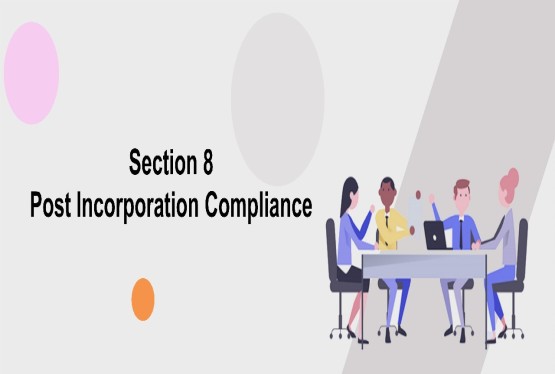
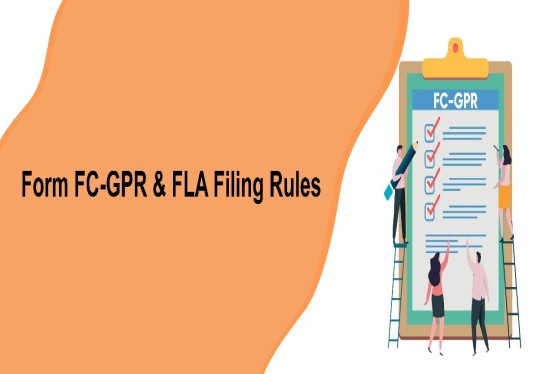

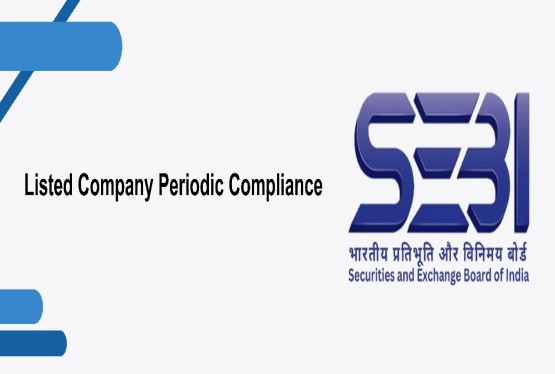

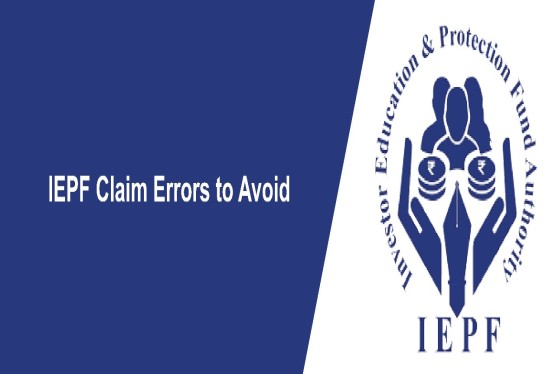





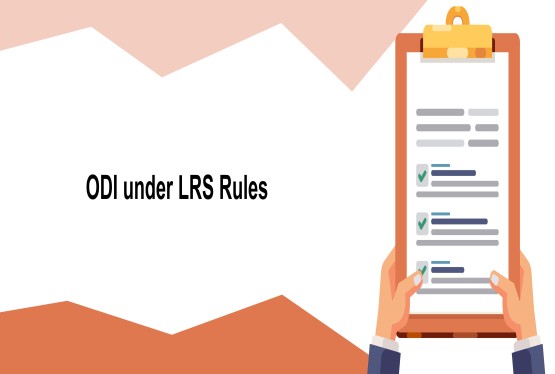
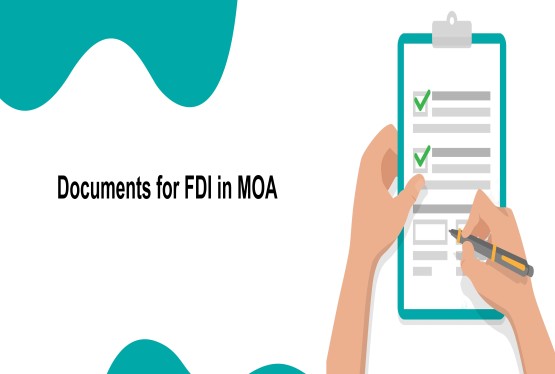


_learn_crop10_thumb.jpg)


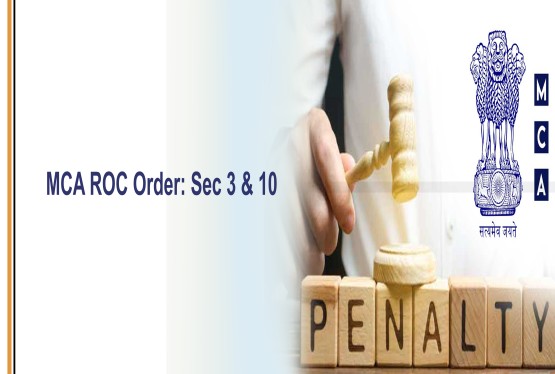
_rd_roc_learn_crop10_thumb.jpg)
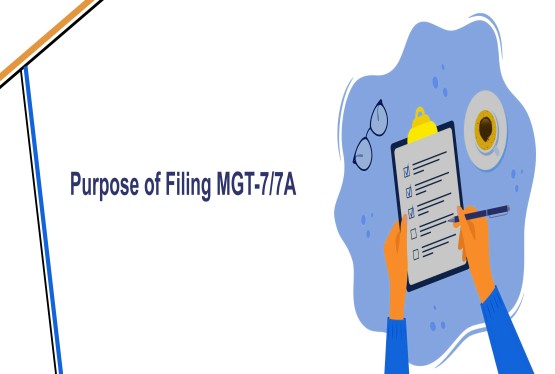



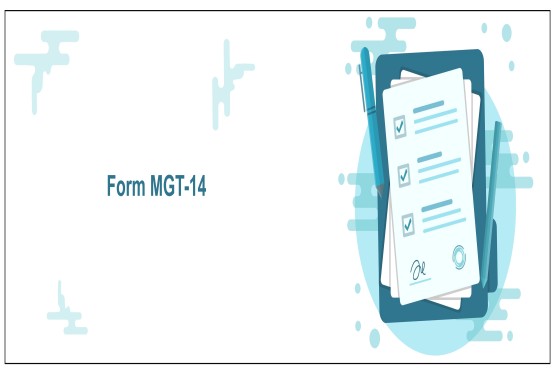
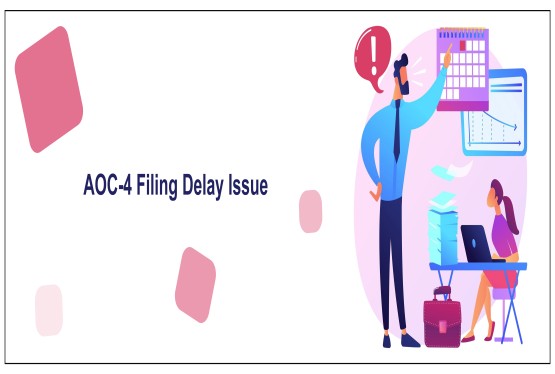
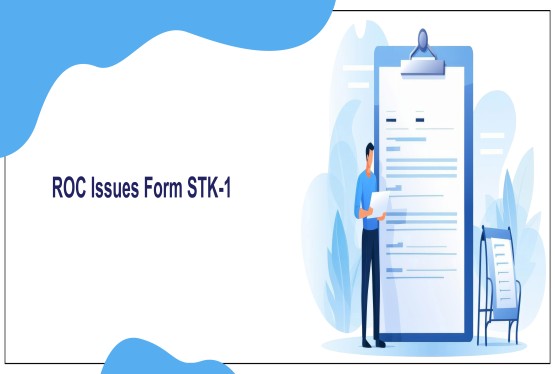




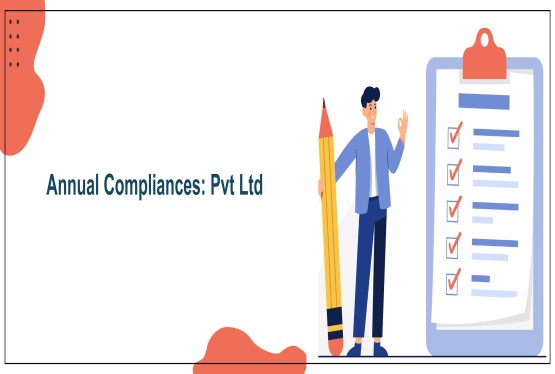
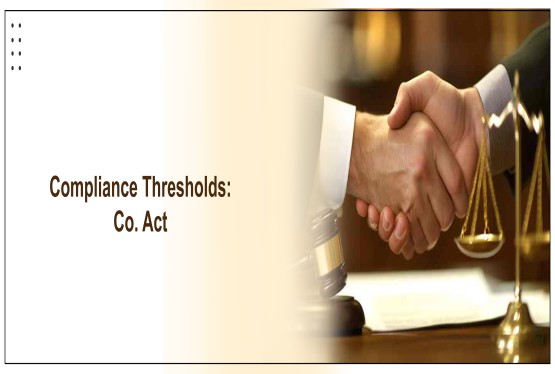


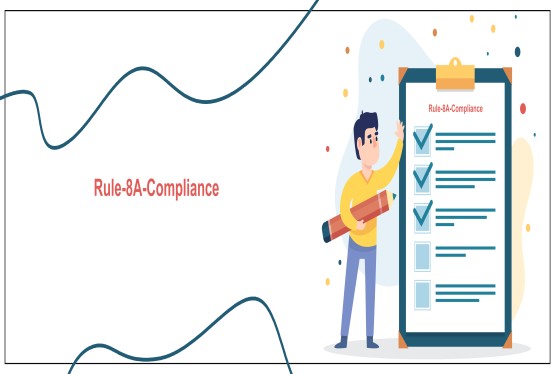
_learn_crop10_thumb.jpg)
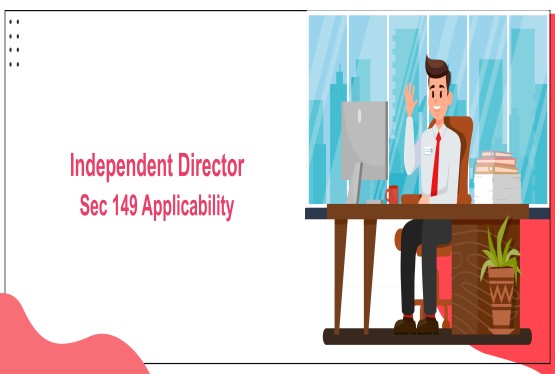
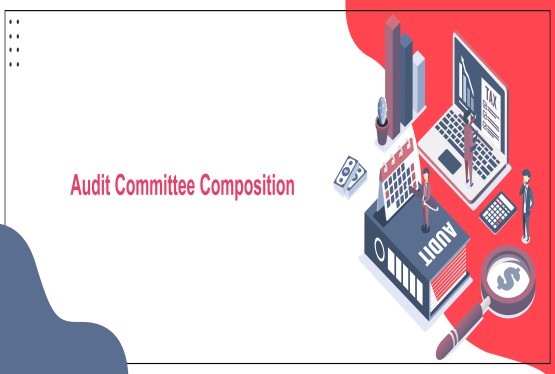
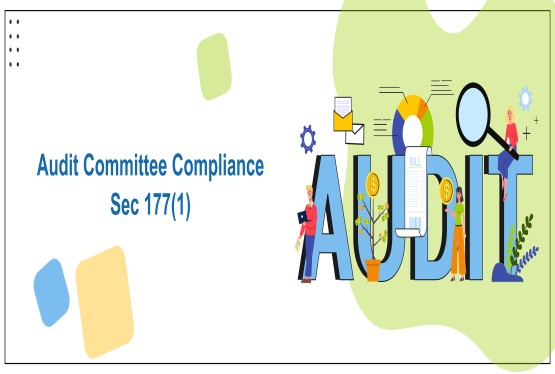



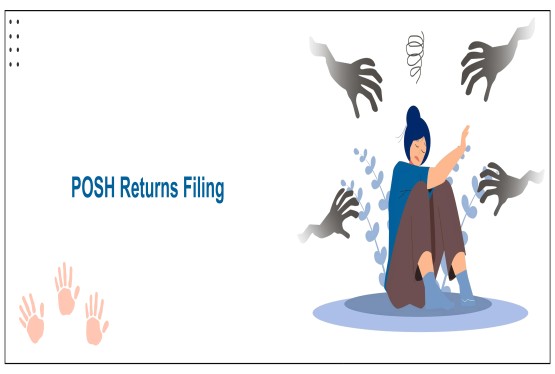





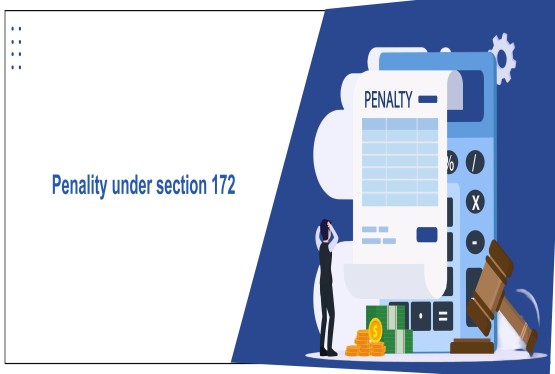
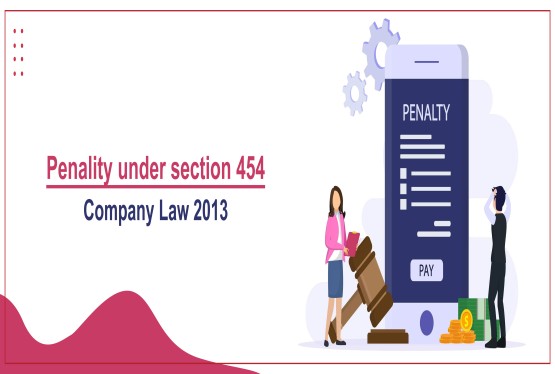
_learn_crop10_thumb.jpg)
_Learn_crop10_thumb.jpg)
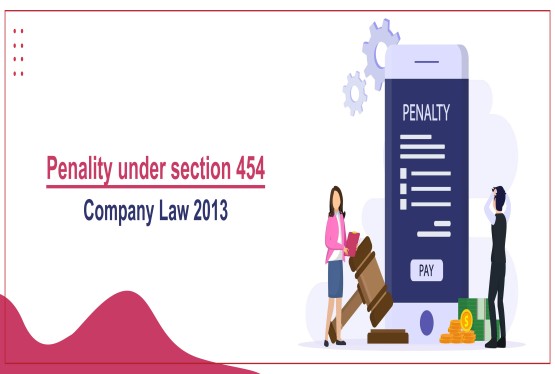

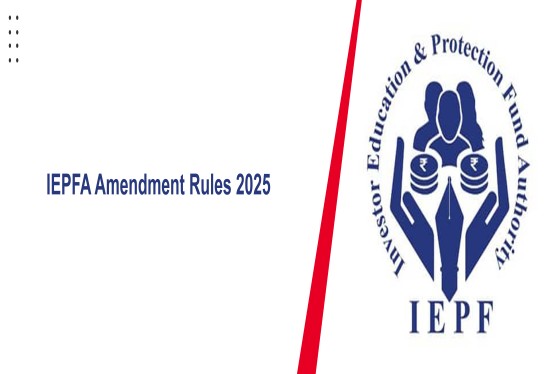
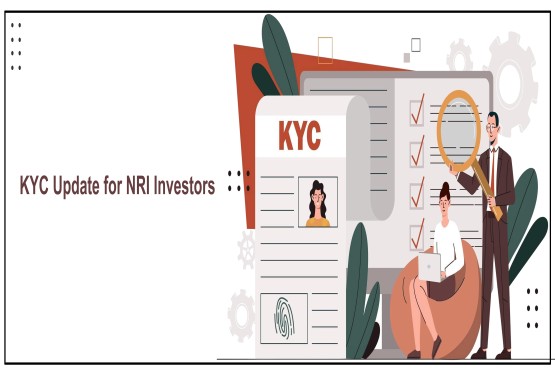
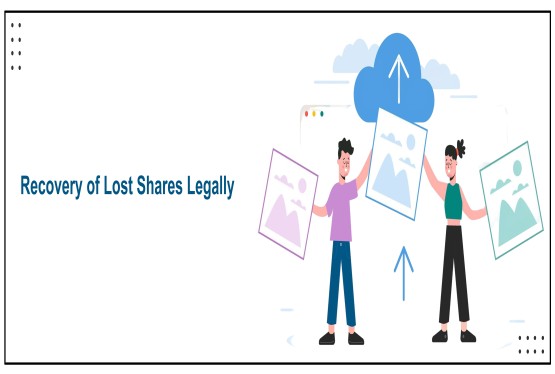


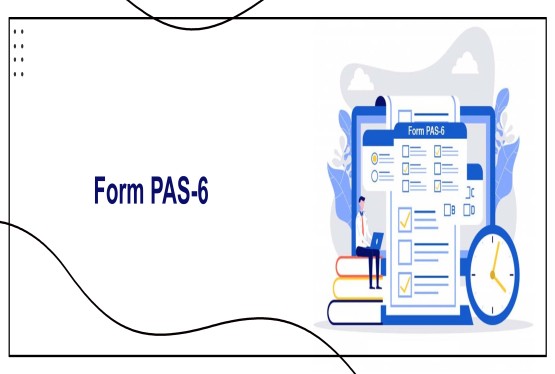


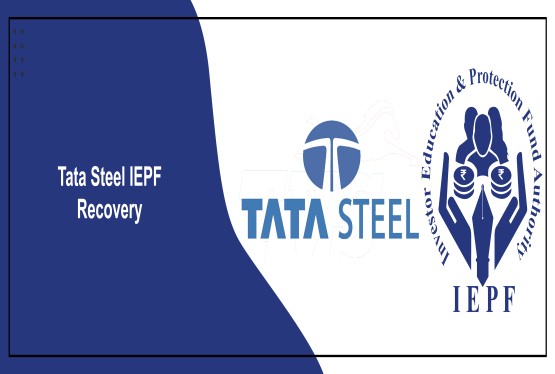



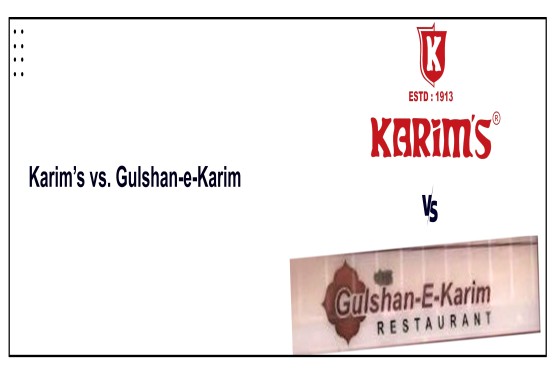
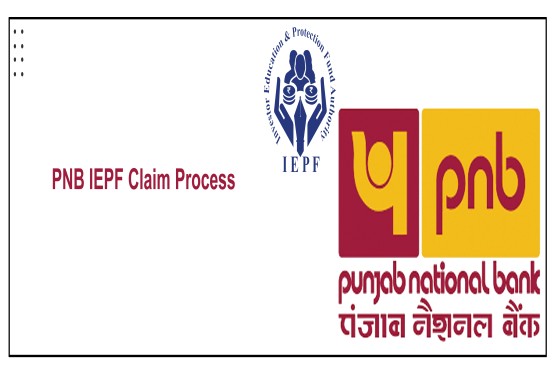





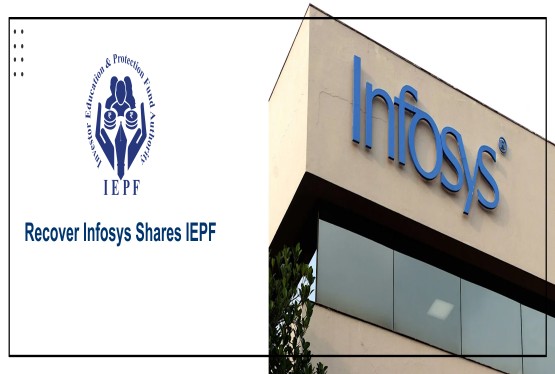




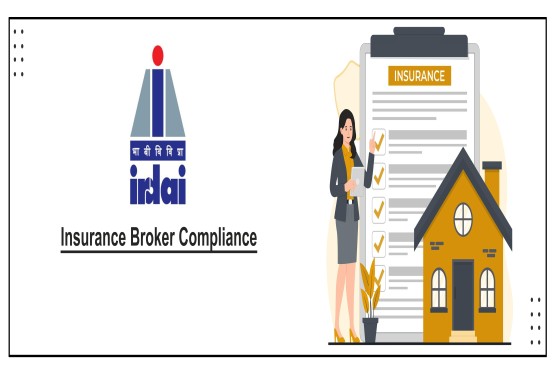
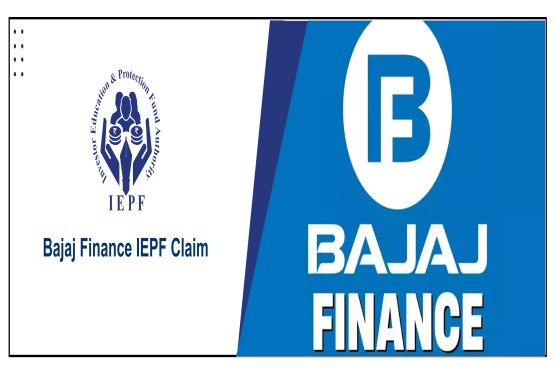







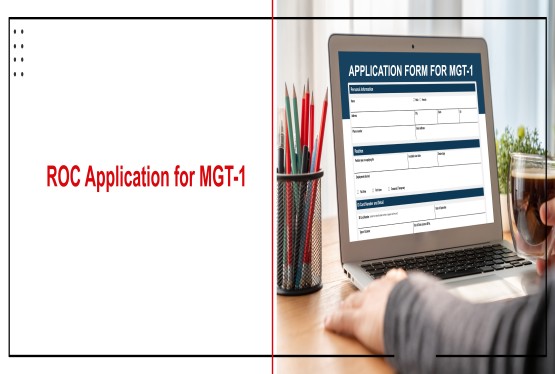




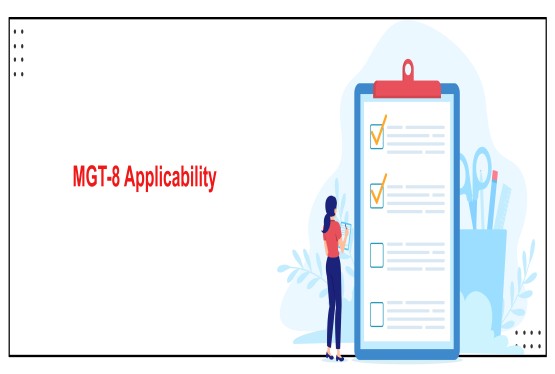


_learn_crop10_thumb.jpg)

